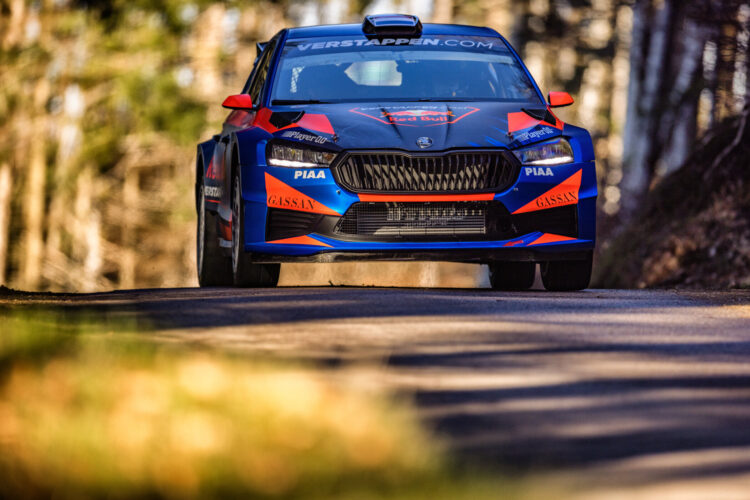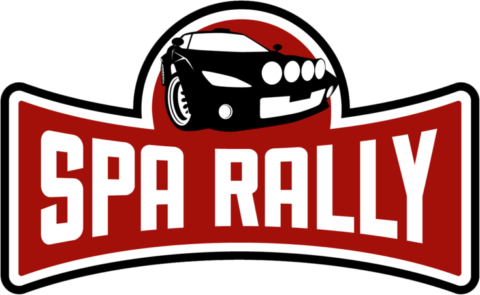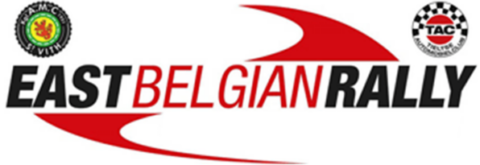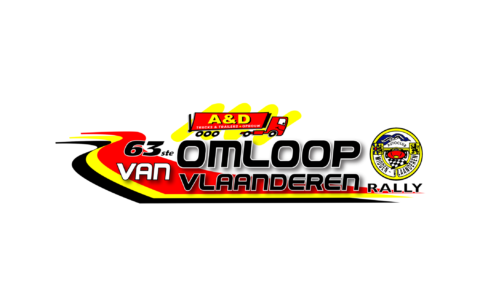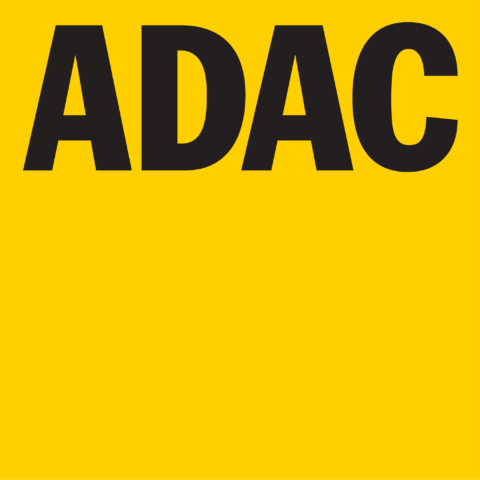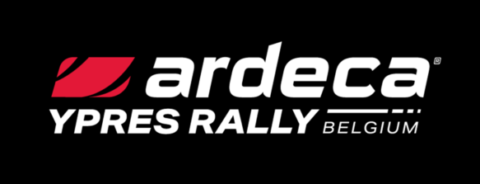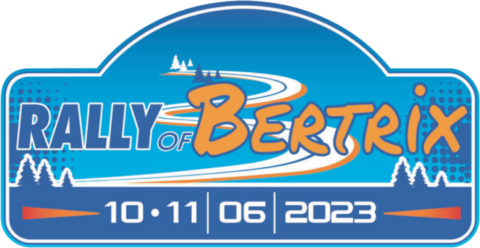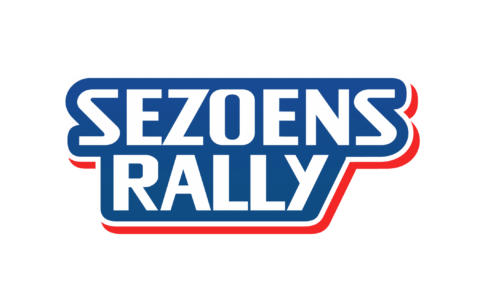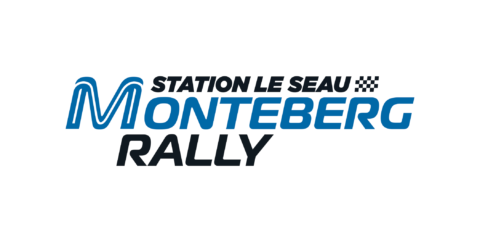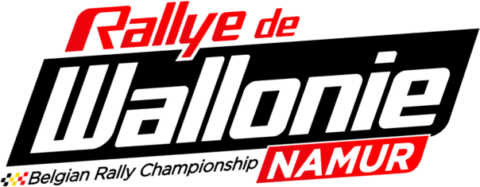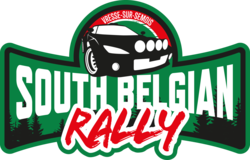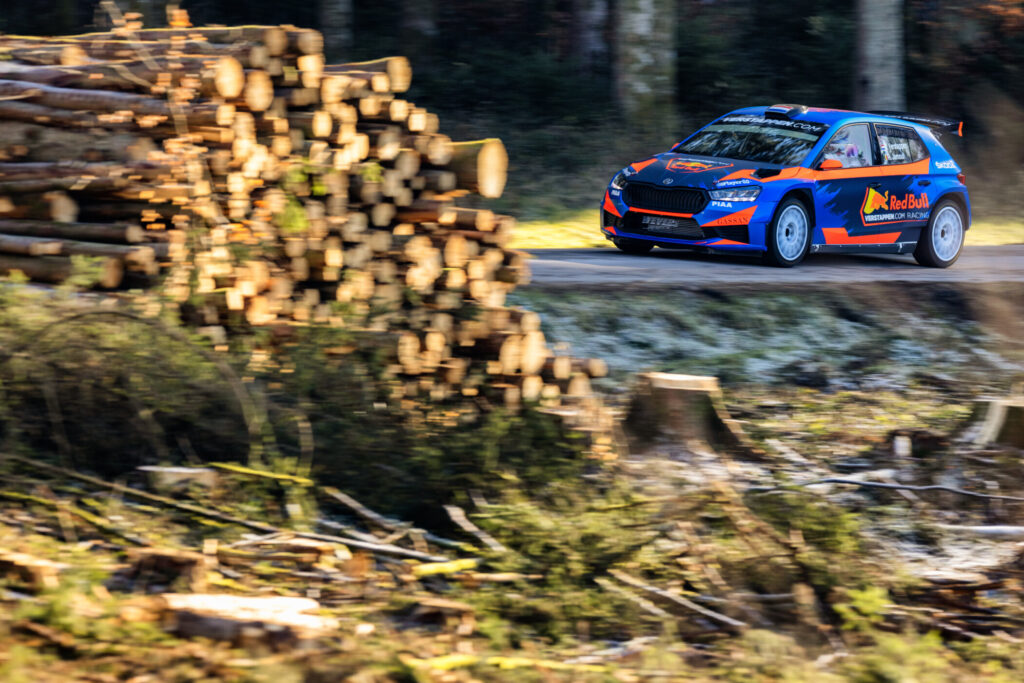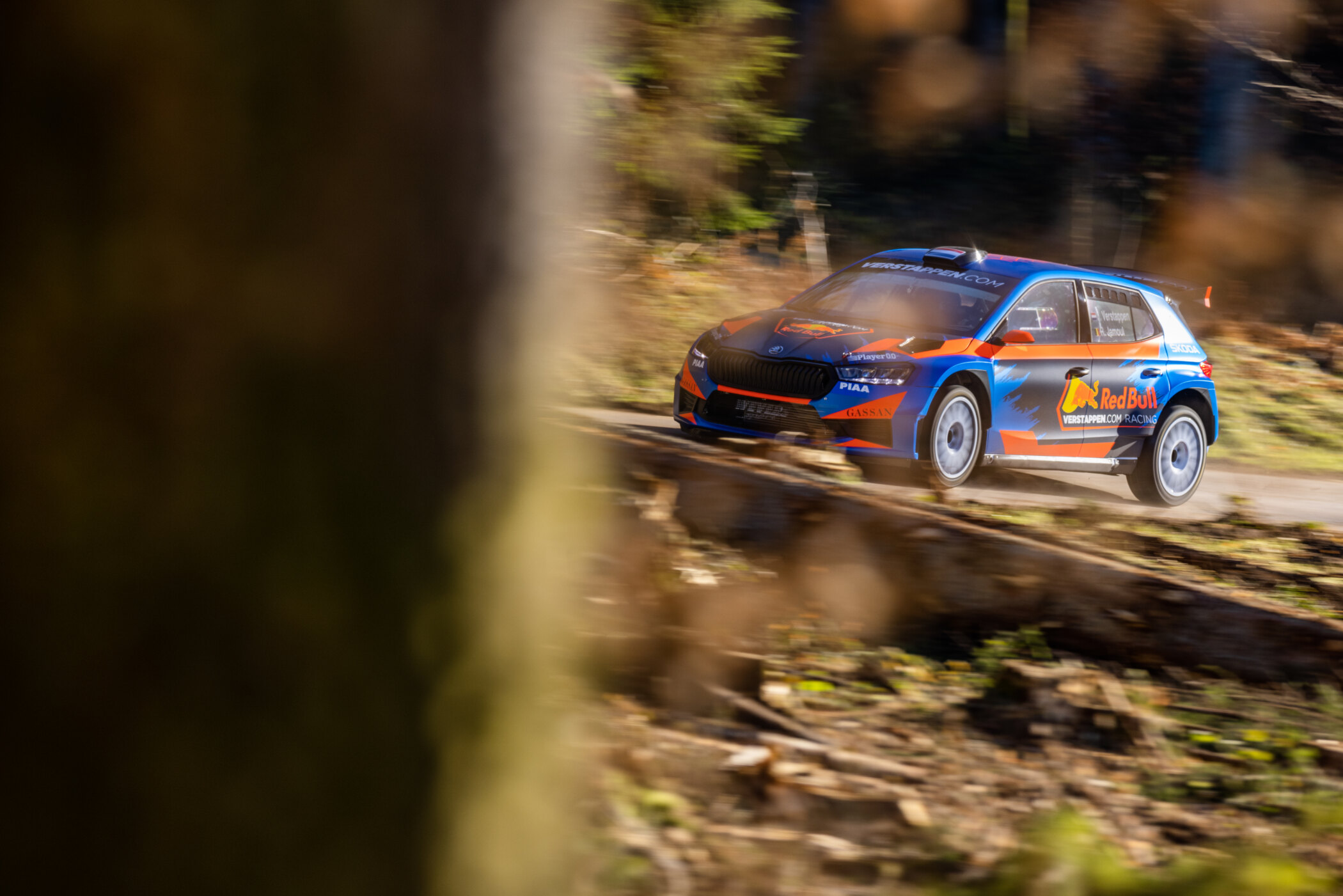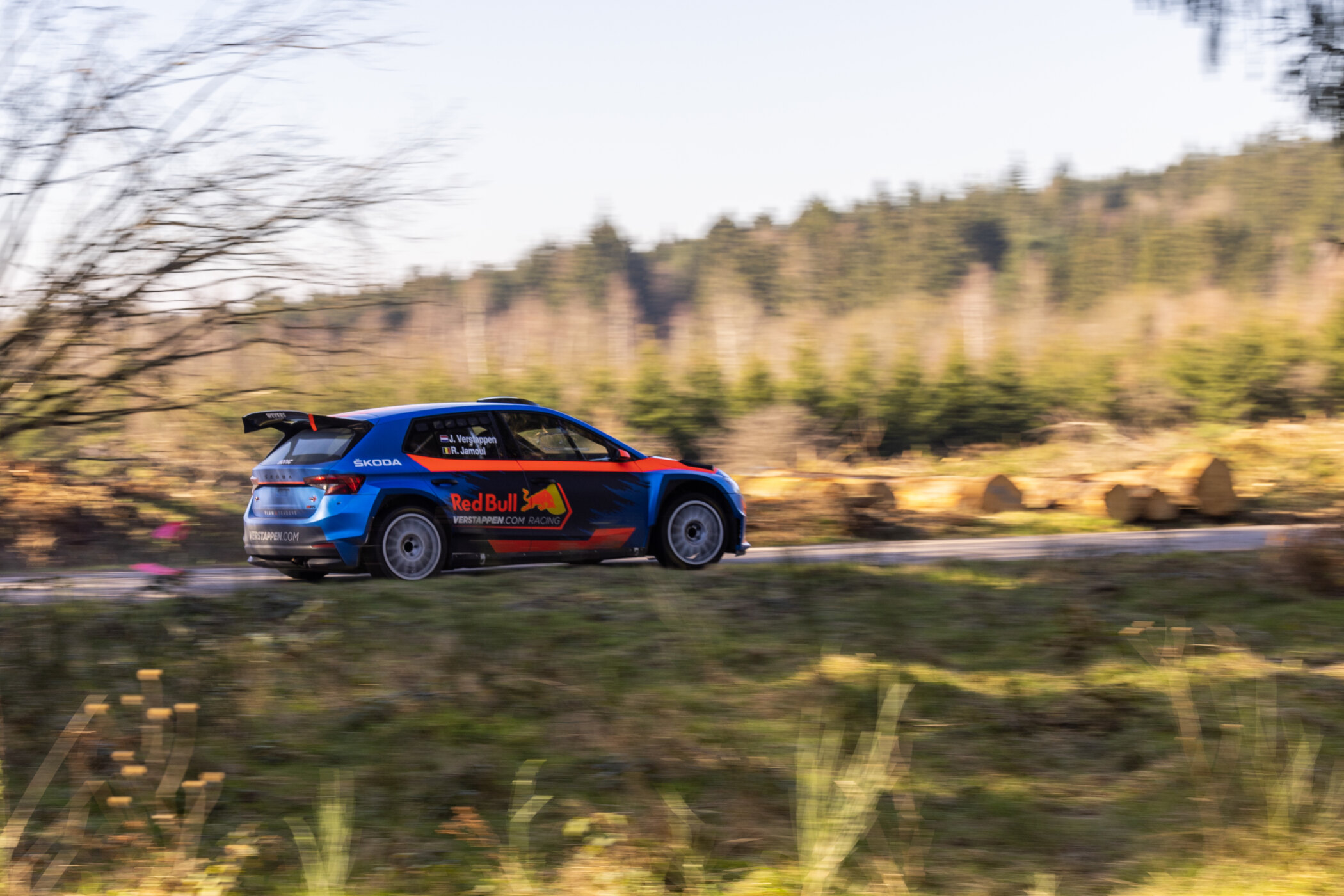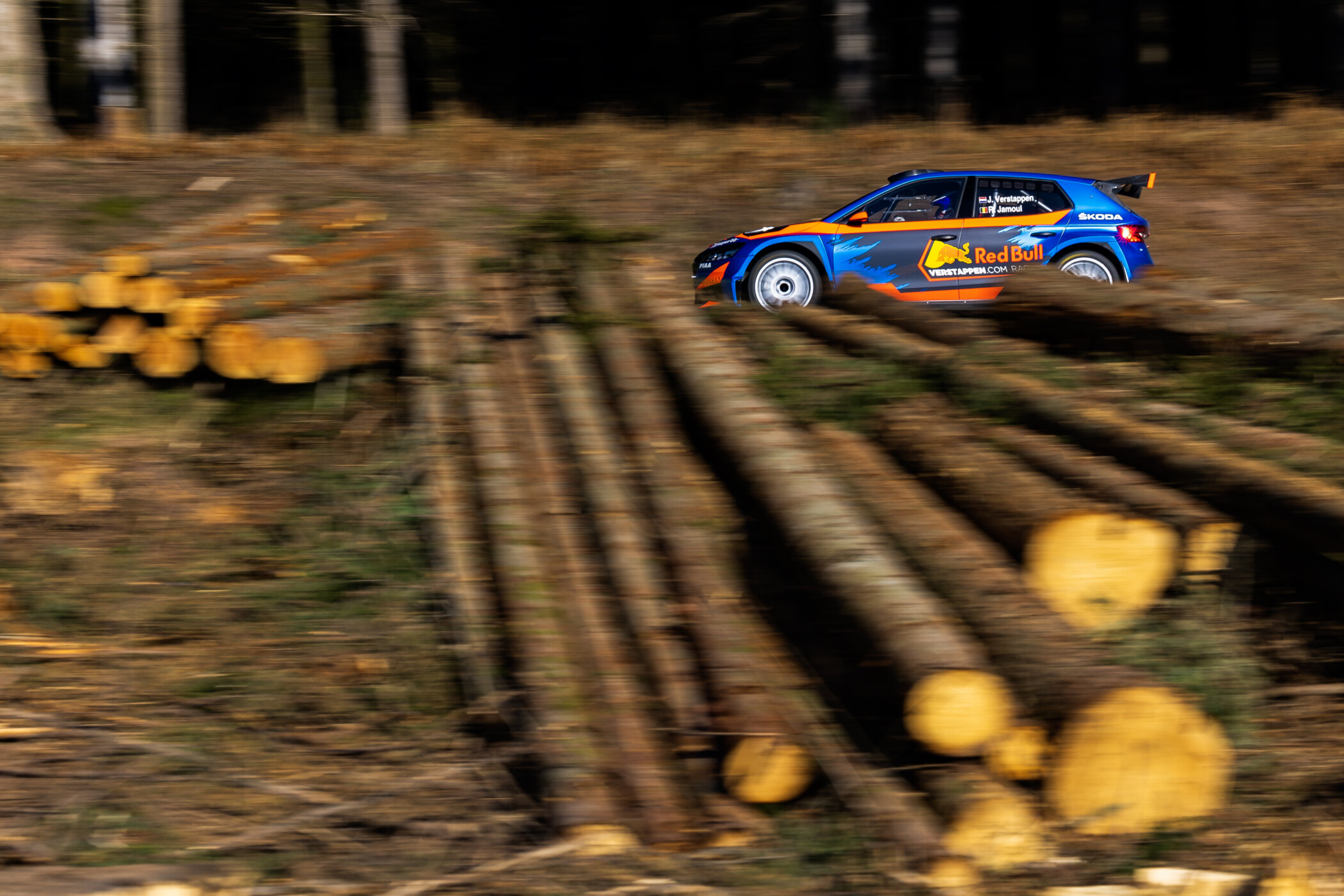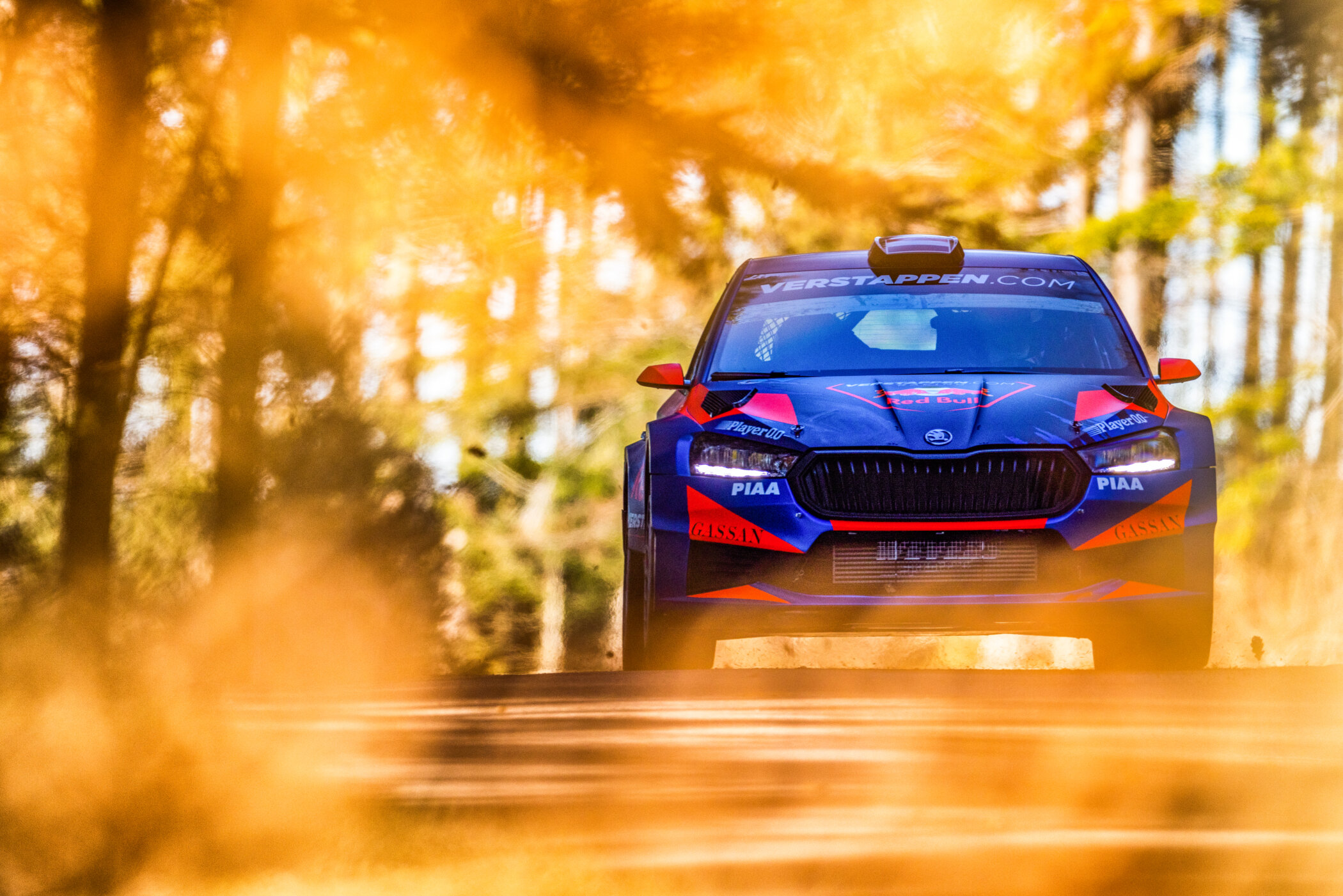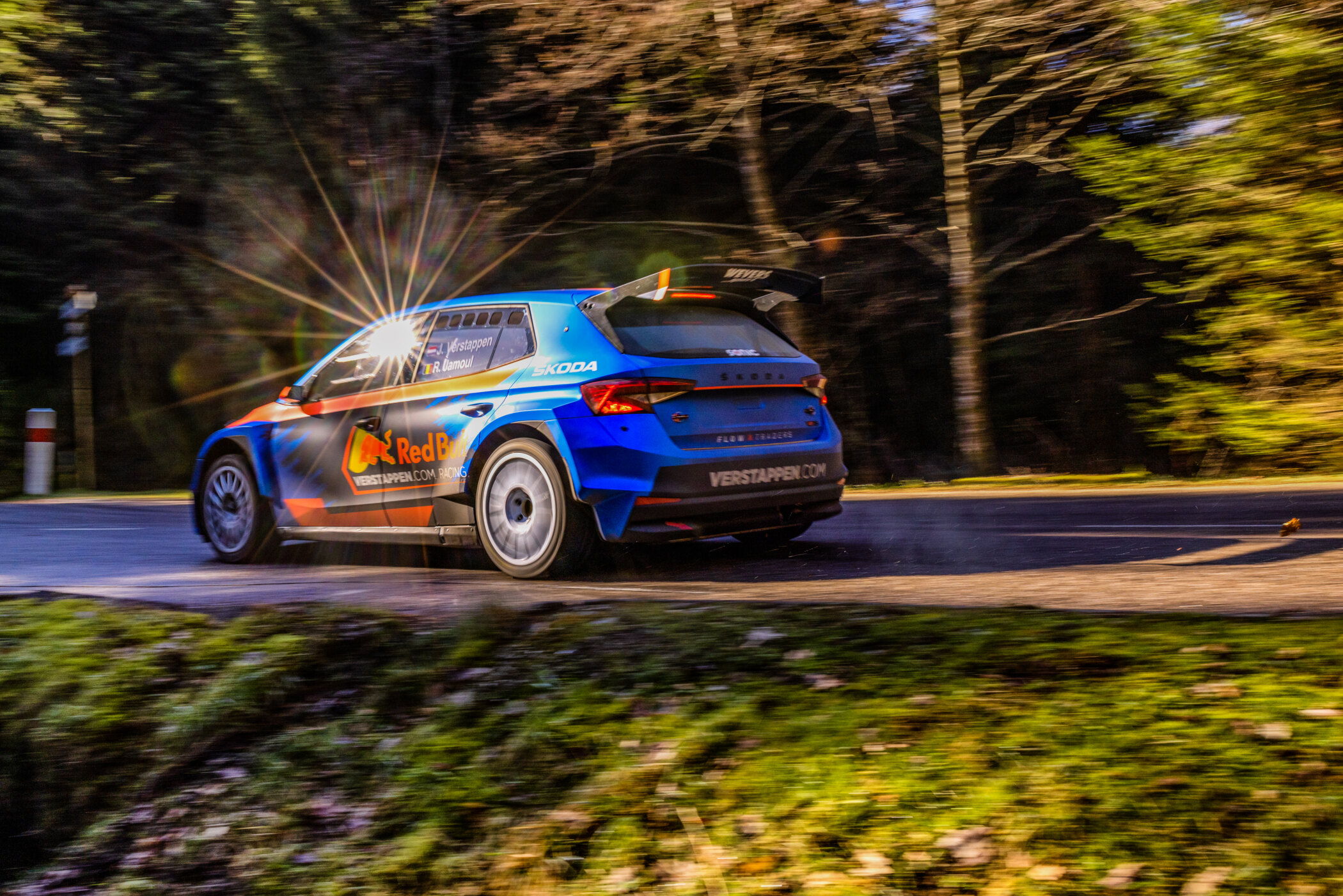Jos Verstappen
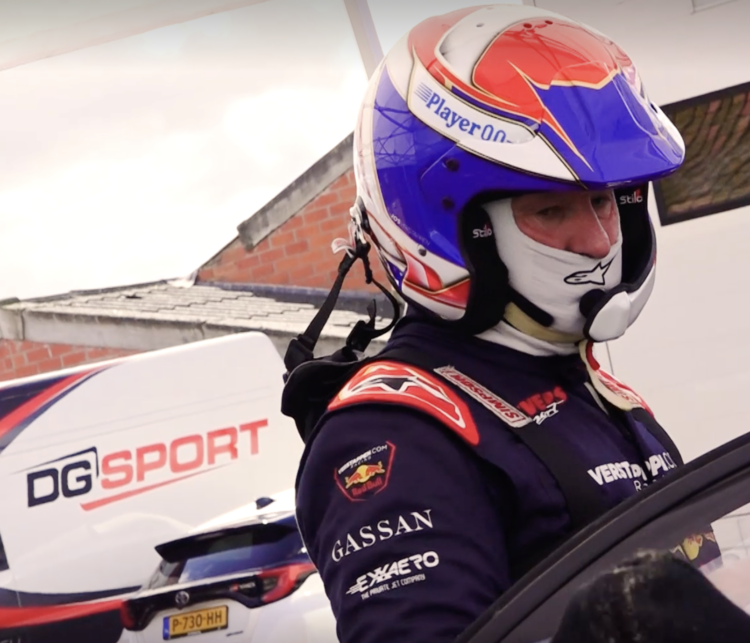
Races
Results
History
Timeline
After the 2003 season, Jos opts out of driving another year for Minardi, unless significant technological progress is made. In the meantime, Jos’ management is busy behind the scenes. The Dutchman, together with Christian Klien, is in pole position for a racing seat at Jaguar. It is the Austrian, backed up by a substantial Red Bull sponsorship deal, who clinches the drive. The decision for Klien is part of the Red Bull’s future plans as the drinks company buys the whole Jaguar team a year later to compete as Red Bull Racing in 2005.
Jordan is another option. Unfortunately, the negotiations turn sour as Jordan, sponsor Trust and Jos and his management quibble, resulting in no deal being struck. Furthermore, the Minardi team has not been able to improve their potential for the upcoming season and Jos decides to be on the sideline. The 2004 F1 season kicks off without him.
During the season, contact with Jordan is established and Jos is ready to test for the British outfit. In the end, Jos cancels the session as it becomes clear that Jordan are not willing the change the car for the Dutch driver.
At home, Jos spends a lot of time on the kart track. Unfortunately, a karting accident tears several ligaments in his knee and he needs to undergo surgery.
At the end of the year, Jos drives the Minardi two-seater racer but 2004 remains a year without any official F1 outings.
The year kicks off with an encouraging press conference. At the Trust headquarters in Dordrecht (the Netherlands), it is announced that Jos, with the backing from his sponsors Trust, Wilux and Muermans, will contest the 2003 Formula 1 championship for Minardi.
However, the positive momentum is not translated on to the track. At the first test, the team does not have F1 tyres available, after its switch from Michelin to Bridgestone. Tyre manufacturer Avon helps out by providing rubber, but their compounds are much slower than the official F1 tyres. Comparing lap times with the rest of the grid is therefore impossible.
Jos and his teammate Justin Wilson quickly find the car’s limit and are unable to compete for points. The Grand Prix in Brazil appears to be the exception. Jos is heading for a podium and a possible win after starting the wet race on a non-stop strategy. Unfortunately, Jos, like many favourites for the win and the title, spins of the track. The victory goes toe Giancarlo Fisichella, who before Jos’ spin, was behind the Dutchman.
Minardi are not making much progress as there is hardly any testing done. The car that is being tested with, is the ‘old’ Arrows after Minardi bought part of Walkinshaw’s bankrupt team. The car was designed to suit Jos’ driving style. Unfortunately, the Minardi engines do not work well with the Arrows software and the cars do not see any Grand Prix action.
What remains for Jos are several demonstration drives in the Minardi twin seated F1 racer and looking ahead to 2004, with opportunities to join a better team looming.
All looks well in December 2001. Jos spends his holiday in Norway with friends and family and during his time off he receives an offer to test for Ferrari. However mid-season, the rapid Dutchman has already signed an extension to his Arrows contract and is set to drive a third consecutive year for the team. He therefore declines the Italian test offer.
Meanwhile, rumours surface that Heinz-Harald Frentzen has caught the attentions of Arrows team boss Tom Walkinshaw. However, both Jos and his 2001 team mate, Enrico Bernoldi are both signed for 2002. It is likely that the Spaniard will keep his place due to the substantial backing of Red Bull. Therefore, questions arise regarding the Dutchman’s drive.
At a highly attended Verstappen fan day at Rosmalen (causing traffic jams on the roads leading to the event), Jos’ manager Huub Rothengatter ensures the fans that their hero has a bulletproof contract. The message is clear: they can expect Jos on the grid in Melbourne.
The next turn of events leave Jos, his management and fans stunned. Walkinshaw does not honour the contract and via the Arrows website, Jos finds out that Frentzen claimed his racing seat. The German switched from Prost, the French team that went bankrupt several weeks before.
Jos does not give up and tries to secure a test contract with Sauber. Unfortunately, the two Sauber drivers, Massa and Heidfeld, are among the smallest and most slender drivers on the grid. As the car is designed around their body and posture, Jos does not fit particularly well in the Swiss car. He loses out on the Sauber test role.
A driver that does fit the Swiss team’s racer is… Frentzen. The German moves to Sauber as the future of Arrows looks more and more uncertain. There are talks of Jos returning to Arrows but things take a turn for the worst for the team. In France the orange and black cars drive their last laps of the season and the team ceases to exist after a long and unglamorous juridical process.
In hindsight, Arrows would not have been a good place to stay for Jos. Regardless, he is sidelined for the entire season. A disappointing conclusion for both him and his fans.
Jos’ second consecutive year for Arrows gets off to a good start. During the 2000 season it was announced that Asiatech would be the new engine manufacturer. The company bought the Peugot factory as the French firm withdrew from the sport. 2001 kicked of with plenty of testing milage and Jos established himself as Arrows’ first driver.
In Melbourne, Jos finished in ninth followed by a solid seventh in Malaysia. The latter Grand Prix would be one of the Dutchman’s best races of the season. After a blistering start (from P17 to P6 in one lap!) Jos set himself up nicely for the remainder of the race. Early on in the Grand Prix, it starts raining heavily resulting in chaotic scenes all through the pitlane. After rejoing the race after his stop, Jos finds himself in third. With a swift manoeuvre, he overtakes Frentzen for P2. As the race progresses, Jos holds on to an impressive fourth place. Unfortunately, the pitstop strategy does not quite work out as intended and a late ‘splash and dash’ stop throws him back to seventh, just outside the points. A cruel finishing position after a terrific race by Jos.
A fortnight later, Jos is once again in the lime light. However, this time it is not the most positive of incidents that provokes the attention. During the Brazilian Grand Prix, Jos crashes into the back of race leader Juan Pablo Montoya, who just lapped the Arrows. The incident baffles Jos as the telemetry shows the Columbian braked earlier than normal.
At the start of the ‘European’ season in Imola, Jos does not cross the finish line due to an exhaust issue. Two weeks later, he finishes the Spanish Grand Prix in twelfth.
The Austrian round on the calendar marks another highlight in the season as Jos has once again an incredible start. The team opts for a two-stop strategy and it pays off. A sixth place and a valuable point is scored. At the next race in the streets of Monte Carlo, Jos is on his way to score more points but a problem during his pit stop leaves the Dutchman unrewarded.
Similar to the previous Canadian Grand Prix, Jos is on the pace at the Montreal circuit. An exploding break ends his quests for points dramatically as he occupies a sixth place at the time of the incident.
During the remainder of the season, the Arrows team remains pointless with Jos suffering several retirements alongside a couple of top ten finishes.
The last year of the century remains a quiet one regarding Jos. Where normally the Dutchman’s name circles around the paddock in the so called “Silly Season”, it appears Jos’ F1 career might be over. It is not until December that rumours start to surface about a potential seat at Arrows. However, there is no confirmation from either Jos or the team.
Meanwhile, fellow Dutchman Tom Coronel tests for the British team mid-December, increasing the confusion regarding Jos’ future. It was not until January 27 that the good news is made public: Jos secures a two-year deal with Tom Walkinshaw’s team. Despite a slow start, the 2000 season would be one the Dutchman’s best years in F1.
The opening round in Australia does not go to plan as the team takes precaution by retiring the car because of a suspected front suspension issue. At the Brazilian Grand Prix, the first glimpses of the Arrows’ potential are displayed with Jos climbing up to third before finishing in eighth. A better result was within reach but Jos’ yearlong absence from Grand Prix racing combined with lack of power steering prevented a points finish.
Technical issues at Imola followed by DNFs at Silverstone and the Circuit de Cataluña sums up Jos’ early European season. At the Nürburgring the momentum appears to shift. After a formidable drive in the rain, Jos looks set for points but contact with Eddie Irvine results in another DNF. However, fellow Arrows driver Pedro de la Rosa manages to take the car to finish and collects the team’s first points of the season.
After a difficult Monaco Grand Prix, the Arrows clearly does not like the streets of the principality, Jos strikes back with an emphatic fifth place in Canada. Whilst wearing a special orange helmet in support of the Dutch National Football team, Jos fights his way to the front. Once again the Dutchman displays his enormous talent in a wet race.
At Magny-Cours Jos struggls throughout the weekend, perhaps influenced by missing a test at the same track a week before, due to a heavy crash. In Austria, he is back on form until a gearbox failure ends his race. Jos makes his only real mistake of the season at Hockenheim. After fighting his way to seventh, he loses the car and is out of contention.
Similar to Monaco, the slow Hunagoring does not suit the Arrows nor does the car perform well at Jos’ home turf at Spa. However, at Monza Jos displays his raw speed. The race gets underway after a horrific first lap crash in which a marshall tragically loses his life. Despite the incident, the Grand Prix continues and Jos, with several stunning overtakes, claims a fourth place.
The final three races are perhaps best labelled as ‘solid’ but more points are not collected by Jos nor De la Rosa. All in all a good season.
The last months of 1998 are characterized by plenty of rumours but nothing set in stone for Jos Verstappen. It appears Jos might not have a spot on the ’99 F1 grid. However the rumours that Honda are planning an F1 return keep resurfacing with Jos being linked with a move to the Japanese giants
Mid-December the Honda rumours are officially confirmed. Not long after that, it is announced that Jos has signed a multi-year deal with the Japanese team. First he will test and develop the car in 1999 before racing on behalf of the team in the subsequent years. The deal is truly a dream come true for everyone involved.
Jos is given the opportunity to work together with team of people he knows from his Tyrrell days, including Rupert Manwaring and Harvey Postlethwaite. Together with the Honda engineers, they develop a racing car purpose build for Jos.
The first mileage in the new racer reveals encouraging signs. During a collective test at Jerez at the end of January, Jos in the Honda is by far the fasted out on track. The following tests prove the design and performance of the car are right on the pace.
Committed and excited by the project, Jos turns down an offer to temporarily drive for Minardi. His focus lies completely with Honda.
In April, things take a turn for the worst, when the driving force behind the Honda project, Dr. Harvey Postlethwaite, suffers a heart attack and passes away. The 55-years old’s death catalyses rumours of Honda cancelling their full factory return to the F1 grid. In May, the rumours are confirmed and Jos is left empty-handed. 1999 remains a Grand Prix-less year for the Dutch driver and the quest for a next season racing seat starts from scratch.
Initially it does not look like Jos will have a spot on the 1998 grid. His hope for a Tyrrell drive evaporates from the moment Craig Pollock buys the team. The Scot is not keen on spending any money as he gathers his resources for the 1999 season. Therefore, the team opts for Ricardo Rosset, who brings along more sponsorship money. Despite the support of his loyal backers, Jos is not able to compete with Rosset’s budget.
A test role at Benetton seems the most likely option. Unfortunately, the English-Italian outfit wants sponsorship money in return for the test position.
Meanwhile, Stewart Grand Prix is looking for a driver who can shake things up within the Scottish team after a disappointing 1997 season. Jos is their target and prior to the French Grand Prix, a deal is struck. Jos will drive the remainder of the year for Jackie Stewart’s team, replacing Jan Magnussen as Rubens Barrichello’s colleague.
Jos starts his Stewart campaign well. In his first race, his qualifying pace is only a fraction slower than Rubens’. The next Grand Prix, he out-qualifies the Brazilian. Adaptation is therefore not the issue. Reliability, however, is. Of Jos’ nine starts for Stewart, six end in a DNF (three engine and three gearbox failures).
As the season progresses, the relationship between the team’s management and the Dutchman far from improves. After a contract extension is ruled out, Jos is left with inferior components. He even has to drive chassis no.1 (the very first version of that year’s car) at the last race.
That Jos and the Stewart end their collaboration after the last Grand Prix does not come as a surprise. Huub Rothengather know his mission: find a racing seat for 1999.
After two, less than great, years, 1997 ought to be Jos’ breakthrough in Formula 1. To fulfil his talented promise, Jos signs a contract with veteran team Tyrrell. With the exception of Ferrari, the British team is the oldest serving outfit in F1. After suffering plenty of reliability issues with his Arrows in ’96, Jos opts for Tyrrell as, in potential, the team will provide a reliable package with the tried and tested Ford V8.
Like Jos, the team is deliberately choosing for reliability after several years of using the fragile Yamaha engine. In addition, Ford promises to give the Cosworth V8 an increase in power, which should help to push the Tyrrells towards the front of the grid.
The car, the Tyrrell 025, is designed by Harvey Postlethwaite and is characterised by its simple design. Combined with the reliable Ford engine, Tyrrell aims to pounce on opportunities when the top teams suffer reliability issues.
Furthermore, Jos will finally have a teammate that will challenge him: Mika Salo. Overall, both Jos and the British team are optimistic about the upcoming season.
At the first two races of the year, the car is not fast enough to escape the back of the grid. In Argentina, the car is more suited to the track but engine problems stop Jos from collecting points.
Part of the improved performance of the Tyrrell’s at short twisty tracks, like Argentina, is because of inventive idea by the team’s design department led by Postlethwaite. The so-called X-wings provide extra downforce and grip in slower corners. The odd-looking parts help Jos secure a solid eighth place at the Monaco Grand Prix.
Meanwhile, the Cosworth ED4 cannot power the Tyrrell to a competitive level. At the Spanish Grand Prix, the ED5 engine is introduced and Jos is a lot quicker. In one of his best performances of the season, the Dutchman only banks an eleventh place but is able to battle with the Stewarts and their Ford V10 as well as with Eddie Irvine in the Ferrari.
At the following race in Canada, Jos puts the Tyrrell on P14 in qualifying, his season’s best. Unfortunately, a pneumatic failure prevents the Dutchman from reaching the finish. The issue would regularly plague the team throughout the season.
After the initial developments and introduction of the new ED5 engine, the other F1 teams bring along upgrades as well resulting in Tyrrell’s advantage being nullified. In the remainder of the season, the team resides at the rear of grid, leaving Jos and Salo battling each other instead of the drivers ahead of them.
After a disastrous second year in F1, Jos has his sight set on getting his career back on track. With the help of his loyal sponsors, the Dutchman signs a deal with Arrows. The team is partly bought by Tom Walkinshaw, whose financial backing keeps the team from going bust. However, the full taking over of the reigns is not completed until the halfway point of the season is reached. Until that time, the development of the car stalls and thus the reliability of the Arrows is not improved.
The unreliability really haunts Jos in the beginning of the season. Once again, the Dutchman shows his talent by regularly outperforming the factory engines. Unfortunately, his pace is not turned into world championship points. Often, the engine cuts a good result short, as engine provider Brian Hart lacks the budget to improve his power unites
In Argentina, Jos puts in his season’s best qualifying and race result of the season. He starts the race in seventh and clinches a well-earned point after an exciting duel with David Coulthard (McLaren) and Eddie Irvine (Ferrari).
The saying ‘”he who doesn’t advances, goes backwards”, certainly applies to F1 and, in 1996, to Arrows. As the team sinks to the rear of the grid, all hopes are set on the next season. Therefore, the team puts a lot of time and resources into the development of the new Bridgestone tyres. The Japanese manufacturer plans to enter F1 in 1997. Therefore, Jos absolves many test miles on several different tracks to test the new rubber.
The highlight of the season has to be Jos’ return to Zandvoort. During the Marlboro Masters, Jos has the chance to drive his Arrows on the iconic circuit in the dunes. In front of a record-breaking attendance of 85.000 fans, Jos cracks the lap record and sets a new time of 51.684s.
Away from the racetrack, Jos celebrates another victory as he marries his fiancée Sophie Kumpen.
After his Formula 1 début at Benetton, Jos is keen to get a drive at the team for 1995. However, the championship winning outfit opt for a line-up of Michael Schumacher and Johnny Herbert.
Nevertheless, Benetton helps the Dutchman to find a spot on the grind as part of the English Simtek team. The thought behind this switch, is for Jos to gain experience in a less pressured environment with less expectations. His teammate is Domenico Schiattarella.
The drivers will take to the track in a Ford Cosworth powered racer. The car is designed by Nick Wirth, Simtek’s owner. Despite the Cosworth V8 lacking horsepower compared to the other engines in F1, Jos impressers many by clocking fast times. Unfortunately, mechanical issues plague the team and a twelfth position is to be Jos’ best result. The team is declared bankrupt after the Monaco Grand Prix.
The demise of Simtek, forces Jos to the sideline for the remainder of the season. He absolves tests for Benetton and Ligier (owned by Benetton boss Flavio Briatore) and there are talks of re-joining Benetton mid-season. However, Herbert’s victories in the British and Italian Grand Prix put these speculations to bed.
After a long winter of negotiating, Jos and Huub reach a deal with Benetton. The Dutchman is offered a multi-year contract in which he, initially, is to start at a test driver, before competing in Grand Prix the following year.
However, Jos ends up a lot sooner on the F1 grid. After a horrific crash in pre-season, JJ Letho is injured and Jos takes his place alongside Michael Schumacher. It means the Dutchman moves from karting into Formula 1 in only two years.
The season kicks off with a victory for Jos as he wins the Copa Caloi, a cycle race for F1 drivers and mechanics, at Interlagos. During the main event of the weekend, the Brazilian Grand Prix, Jos experiences a spectacular début. In an attempt to dodge Martin Brundle, whose car is slowly grinding to a halt, Jos hits Eddie Irvine’s Jordan and a four-car-crash is the result.
As the season progresses, Letho recovers from his injuries and is back in the car after the opening two races. Jos is thus sidelined, but not for long. The Dutchman is back on the grid in France. Despite this second chance, Jos struggles with the car that is specifically set-up and purpose build for Schumacher. The struggle reaches a season low at the German Grand Prix. Jos is not able to use his own car due to a spin on Gerard Berger’s oil. The team decides Verstappen can use Schumacher’s car. Unfortunately, Jos cannot get to grips with the German’s set-up and spins off the track.
The practice incidents is not the end to Jos’ misery at Hockenheim. During a pit stop in the race, the refueling system is not working correctly resulting in several liters of petrol spilling on the car, setting the Benetton ablaze. Luckily, Jos is able to exit the car without injuries, but a podium/points finish has vanished.
At the next Grand Prix in Hungary, the Dutchman strikes back with his first points and podium of the season. Jos clinches another third place on the trot at his home race at Spa-Francorchamps. Despite these encouraging results, Johnny Herbert gets the Benetton drive from the European Grand Prix onwards. The sponsors put pressure on the team’s management to contract the Englishman in an attempt to secure the constructor’s title. The change of driver proves in vain, as Williams take the crown.
Despite a difficult start, Jos can look back at a successful début in Formula 1. In his first year, he breaks several Dutch records: first Dutchman to score an F1 podium, 10th overall in the championship and scoring ten points in one season.
Formula Atlantic
After Jos’ success in the Opel Lotus category, it is time for the next step: Formula 3. In preparation for this career move, the Dutchman travels to New Zealand to contest the national Formula Atlantic series. Once again, Jos’ talent seems limitless. In a heavily outdated Swift Toyota, he takes six podium finishes (including three victories) in ten races.
Jos enjoys his time overseas and is already making plans for a return the next year. The aim would be to fight for the title with an up to date car. His team manager is keen on resigning the talented youngster but he does not get his hopes up: “They’ll want him in F1 next year”. This comment would prove to be not far off the mark.
Formula 3
Back in Europe, Jos enters the German Formula 3 Championship with WTS, Willy Weber’s team. He does not disappoint Weber, who is also Michael Schumacher’s manager. Jos kicks his season of with a third place and goes on to clinch the title with eight victories.
However, he wants more! At the European Formula 3 Grand Prix in the streets of Monte Carlo, Jos takes a solid third place, before winning the prestigious Marlboro Masters in front of an ecstatic home crowd in Zandvoort.
Jos’ remarkable achievements catch the attention of several teams in the F1 paddock. At the end of 1993, he is invited to test an Arrows Formula 1 car at Estoril. The Dutchman clocks sensational lap times and instantly becomes ‘F1’s hottest new boy’.
The F1 interest is not limited to Arrows. McLaren gives Jos a test at Silverstone and Jordan show interest in signing the rapid rookie. Thus. Jos’ career plans change for 1994: no F3000 but straight into Formula 1!
1992 sees Jos Verstappen propelled into single seater racing as the Netherlands’ ‘next big thing’. Supported by Philips, Marlboro and the
tireless efforts of his determined mentor Huub Rothengatter, Jos switches from karts into a Formula Opel Lotus. In this category, drivers compete in identical ‘winged racing cars with slicks. A standardized Opel engine provides the power.
With Huub’s help, Jos finds a racing seat with Frits van Amersfoort. The team boss is no stranger to Rothengatter as the Dutchman started his own career with Van Amersfoort Racing.
The plan for Jos’ career is straightforward: two years in Opel Lotus, followed by two years in Formula 3 and a year in F3000 before making the leap into Formula 1. However, the Dutchman’s career will progress a lot faster…!
But first things first, Jos makes his début in the Formula Opel Lotus Benelux championship. The youngster proves unbeatable. The only time he loses points is during a race in Zolder, where a somersault ends his race. Jos’ dominance is remarkable and several competitors doubt the legality of the Van Amersfoort racing car. However, a technical investigation reveals that Jos’ engine produces less power than his rivals’ power units! Needless to say, the rival’s team boss was not happy with the test result as he also had to pay the bill for the scrutineering session.
Jos’ early success comes as somewhat a surprise. However, his career quickly changes pace as he ventures into the Euroseries Opel Lotus during the weekends he is not racing in the Benelux championship. After clinching the latter category’s title, the Dutchman shifts his attention completely on the European series. His switch pays of as Jos takes two dominant wins at Zolder.
Furthermore, Jos joins Martijn Koene to represent the Netherlands in the Opel Lotus Nations Cup in which the combined results of the drivers determine their position in the standings.
Jos ends the year in style with the title N.A.V. Dutch Driver Of The Year. His price: a cheque of about 15.000 pounds, handed over by Ken Tyrrell. The legendary F1 team boss promises the Dutchman a Tyrrell F1 test if he wins the German Formula 3 championship.
More importantly, Jos put himself on the motor sport radar and several F3 team owners are keen on giving the rapid talent a chance. Among the interested teams are West Surrey Racing and Alan Docking Racing, both competing in British Formula 3. In the end, Jos decides to continue his career in German F3 and he signs for German outfit WTS.
The end of 1991 marks Jos’ switch from karts into motor racing. Father Frans went along to the Belgium Grand Prix to see what is on offer in world of car racing. As he chatted with Toine and Mike Hezemans, who had their own Porsche racing team, Frans bumped into former Formula 1 driver Huub Rothengatter.
Rothengatter, at the time a Philips PR employee working at Jordan, had ambitions to take a young racing talent under his wing. Huub and Frans started a conversation, which led to Jos testing at Zandvoort in October ’89. On the traditional circuit in the dunes, Jos took to track in and old Formula Ford racer. More specific: it was a Crossle 79, which had been in Frits van Amersfoort’s garage for the past six years. The lap times Jos clocked were so sensational, that doubts arose regarding the time keeping equipment.
Regardless, Jos got another test opportunity. This time he would be driving an Opel Lotus, a month after his first taste of single seater racing. Again, Jos impressed all attendees as he put in the fast laps in at Zandvoort. During the test, it became clear a new Dutch racing talent was discovered.
Jos Verstappen was born March 4 in 1972. At age 8, he got hooked to motor racing. As he left the church on the day of his first communion, Jos and his dad heard engines revving. They tried to track down nowhere these exciting noises were coming from and it turned out to be a kart race, organised in the village.
The Verstappens loved what they had seen and it would not take long before Jos was driving karts. Two years after his first encounter with racing, Jos was old enough and started competing in kart races. His career turned serious from 1982 onwards, as he participated in national races.
His first significant success was the Dutch junior championship in 1984, a title he would win once more two years later. 1989 would prove to be Jos’ most successful year in his karting career as he clinched two European titles on top of victories in several international kart races.
